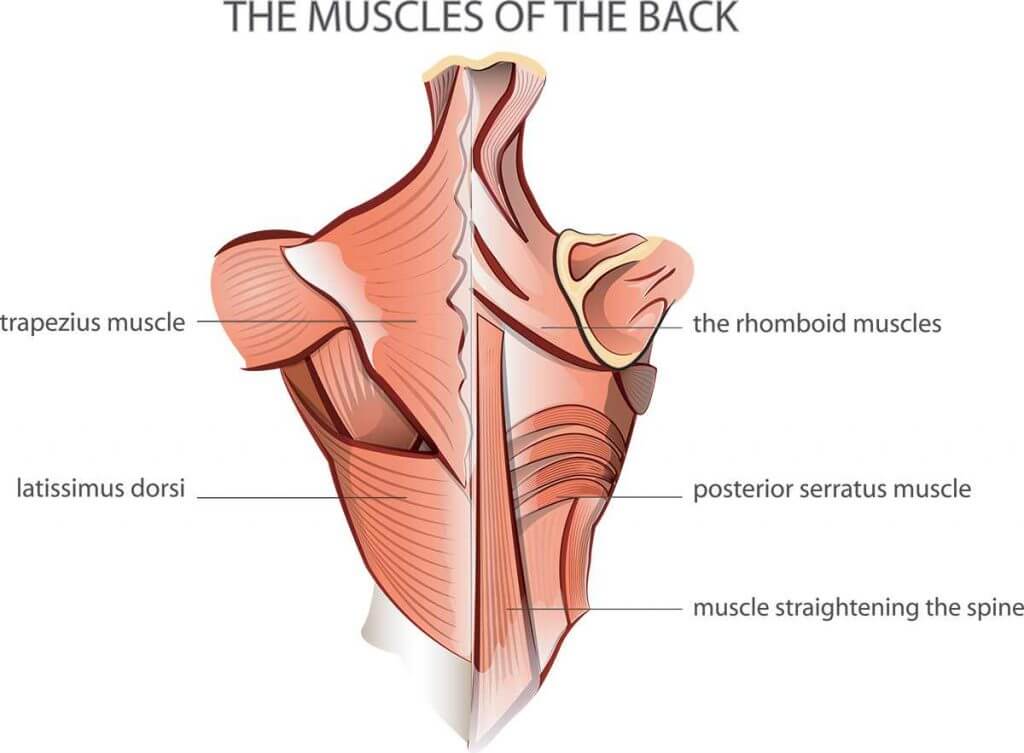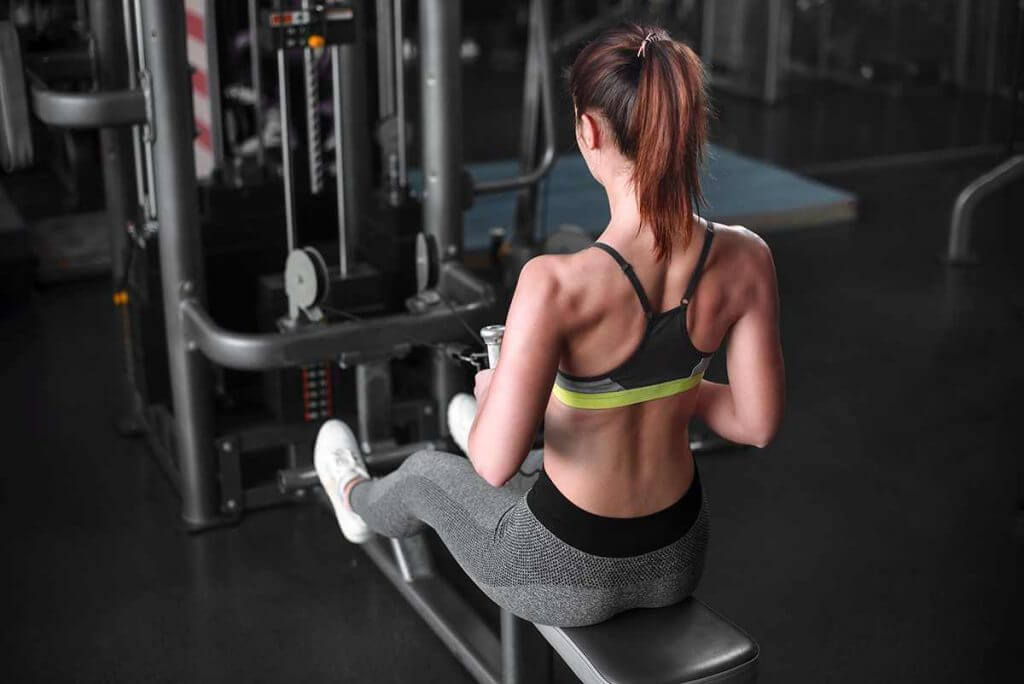
It’s not about what you see in the mirror
Strength, health, wellbeing. These characteristics are about more than how you look. Too often it’s easy to be critical about your physique, especially when you look in the mirror. A strong, healthy upper back comes down to the right routines and exercises.
Upper back strength is important in our day to day lives. And mastering the perfect upper back routine means understanding the anatomy of your body, why strength matters and which routines are right for you.
The importance of upper back strength
As we age, we slowly lose muscle mass and bone density. This loss of muscle mass affects our day to day life, we lose strength and function in basic activities, which have a run on effect to injury and poor health.
The upper back is extremely important in our day to day. Everything from carrying the shopping to playing sport to walking the dog and playing with the kids.
Still, despite its importance, the upper back is often neglected. This is particularly dangerous when you consider how your muscles are connected. Your upper back connects to many other muscle groups, from the neck and shoulders down to the lower back, chest and thighs. Weakness in one area may lead to problems elsewhere. Back problems lead to sore necks, weak arms and tired legs.
For a healthy, happy body, a strong upper back is essential.
Improved posture
A strong upper back improves your posture, and improved posture has a number of health benefits, from better physical health to improved confidence. Poor posture can lead to back problems, which compounded over time will affect the rest of your body.
Better muscle mass
Your back is one of your main muscle groups, which include muscles like:
- Rhomboids
- Middle and lower trapezius
- Latissimus dorsi
- Infraspinatus
- Teres major and minor
- Rear deltoids
Strengthening your upper body means greater overall muscle mass and better bone density, which can help counteract a lot of the aches and pains that come along as you age.
Compound exercises
Most back strengthening routines include compound exercises which will assist other muscle groups as well. You’ll also be building up your arms, neck, chest and lower back as you complete your routine.
Understanding the anatomy of your back

Important for back health is understanding how your back functions and the muscle groups associated with your exercise routine.
Your upper back consists of the thoracic spine, the middle section of vertebrae between neck and lower back. Consisting of 12 thoracic vertebrae, these sections of the spine is important for good posture, breathing, limb movements and mobility. The term ‘thoracic mobility’ means the capability of these 12 vertebrae.
From a muscular perspective, the muscles in your back can be divided into two groups:
- Extrinsic back muscles
- Intrinsic back muscles
Extrinsic back muscles
The Extrinsic muscles are superficial and responsible for upper limb and shoulder movements. The muscles in this group are:
- Trapezius
- Latissimus dorsi
- Rhomboid major and minor
- Levator scapulae
Intrinsic back muscles
Intrinsic back muscles are sometimes known as ‘deep’ muscles and consist of:
- Spinotransversales:
- Splenius capitis
- Splenius cervicis
- Erector spinae:
- Iliocostalis
- Longissimus
- Spinalis
- Transversospinales:
- Semispinalis
- Multifidus
- Rotares
Intermediate muscles
There is a third group of back muscles that help elevate and depress the ribs. In this group there are two muscles:
- Serratus posterior superior
- Serratus posterior inferior
Remember, the perfect upper back routine will incorporate muscles from each of these groups, providing better health and total body strength.
The upper back workout routine

The correct upper back routine balances more popular ‘pressing’ exercises like bench and incline press with ‘pulling’ type exercises. Failure to balance your routine can lead to injury and poor health over time.
Basic upper back exercises
The following are simple exercises that can be incorporated into your workout routine.
- Wide grip pulldown
- Bent-over row
- Upright row
- Chin ups
- Low row
- Face pulls
- Seated row
- Close grip pulldown
- Bicep curl
- High row
- Rear delt machine
- Machine pullover
How often should you work out?
A workout routine can be flexible to suit your lifestyle. If you’re incorporating upper body work into a ‘total body workout’ then 2-3 times a week should suffice. If you’re splitting up your muscle groups, twice a week on upper body is perfect.
Low intensity upper back exercises
If you’re not quite ready to start strengthening your upper back using weights and weight machines, you might try these 5 exercises that can also be used as warm ups.
- Moving blackburns – builds scapular stability
- Pull-aparts – Good as an active rest activity
- No-money – Awesome postural exercise
- A-Triangle – Good for scapular depression
Remember, upper back strengthening is about total body health and strength is more than what you can see in the mirror.

